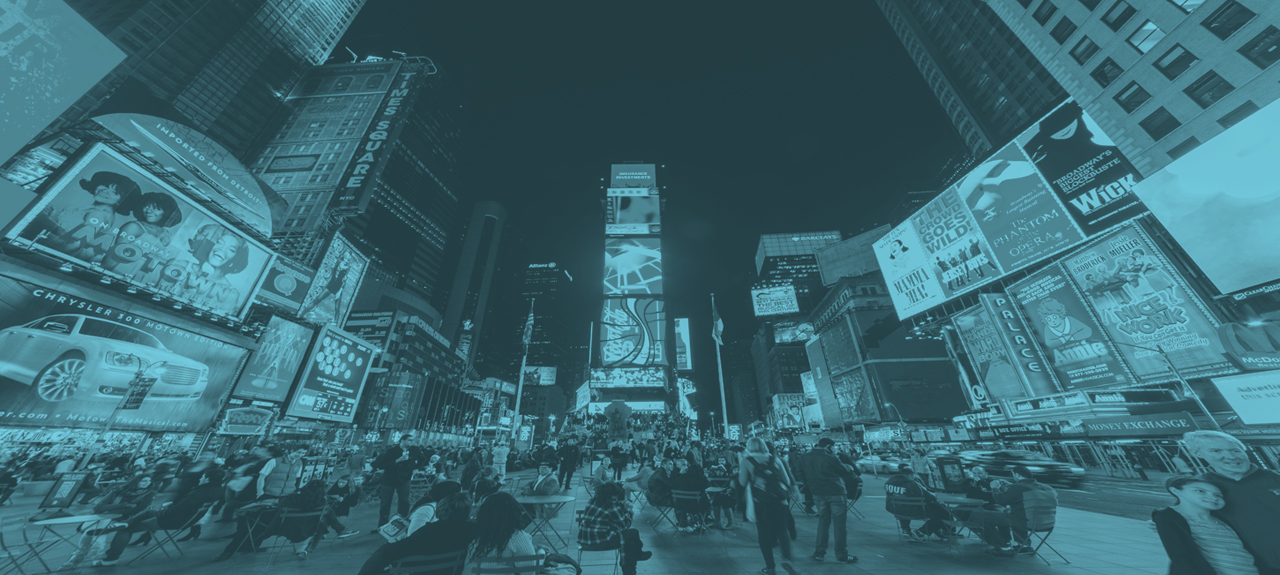From every panel of a stock car to every inch of a shirt on the back of a poker player sitting at the main event table during the World Series of Poker (WSOP), brands are everywhere these days. But, the question at large … are brands truly getting the impact they seek when they are one of many logos situated in a sea of colors with little visibility? Sponsorships types are not cheap, so where is the pay off?
Let’s look at two questions we face every day as marketers:
1. How can brands garner more impact when spending their lean marketing budgets?
2. How can brands leverage event and sponsorship dollars into meaningful partnerships?
To answer these questions, marketers must look to more strategic partnerships between brands and properties. Unlike the traditional turnkey vendor solution that is focused on a list of items a brand receives in exchange for a fee that is predetermined – regardless of their fit – this model is a mutual relationship. While this seems obvious, it is something that the ‘deal cutting’ nature of sponsorship sales has gotten away from and thus taken the value out of brand dollars.
In a recent example, Switch saw two clients with overlapping needs. We were able to assess that they could actually benefit from each other and, in turn, grow from working together. However, the traditional nature of them working together would have one “sponsoring” the other, rather than the two engaging in a “partnership” deal. So, Switch set out to create a mutually beneficial partnership in a shared space that would allow both highly respected brands to share in each other’s target demographics and reap the benefits of the market.
Not only did we find that these two clients (one in a consumer product category and one in a lifestyle property category) fit perfectly, but we also found that together they created a perfect hybrid, marketable as a new singular unit. As the hybrid unit, we were able to take them to additional markets and create pop-up events, drawing awareness at a high level in places they had not previously been able to draw on their own. This proved very successful for both parties and continues to be a relationship that is building throughout 2014 and beyond.
In a partnership arrangement, there is still an exchange of funds to cover fees, operational expenses and promotional needs, but the baseline premise is that two parties come together to mutually benefit each other in a similar space – a space where in another arrangement they might not have otherwise received the mutual benefits of a true value exchange when brought together, thus, not providing the long-term benefit for both parties.
A partnership shows that brands can be matched up in unconventional ways to achieve any number of goals. To create a partnership, brands don’t have to match as identical products or services. The best fits for brands are often matched through the right ideas and timing – not the biggest spends at the highest levels of viewership or event stature. Big brands can work on a smaller level and smaller brands can achieve big goals with the right level of commitment to the long-term idea of sharing the process of growth.
To learn more about using real estate as a strategic partnership, contact Mike at mikel@theswitch.us.














